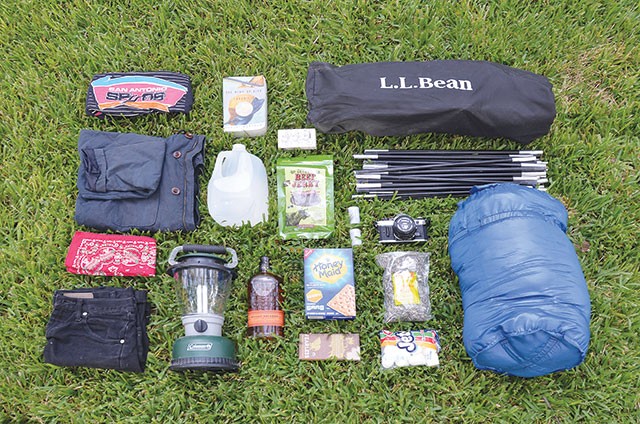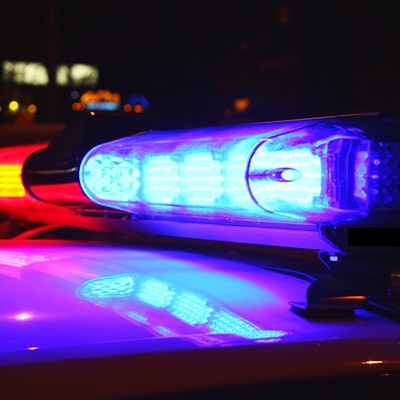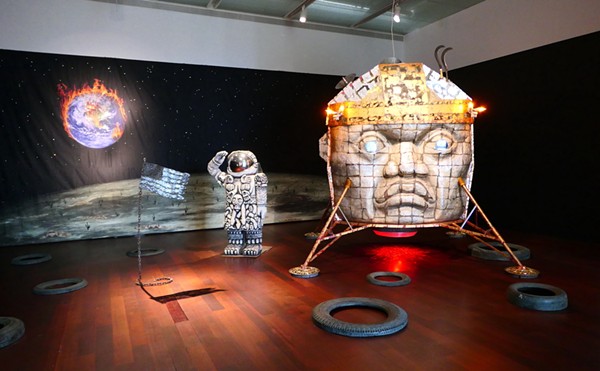With a spectrum of stunning desert microclimates and a land area slightly larger than the state of Rhode Island, Big Bend can be a daunting trip to prep for. The largest national park in Texas and the eighth largest in the lower 48, for an abbreviated visit, you’ll have to make some triage decisions on which wonders to see and which to leave for another day.
Start with a camping site. Three campgrounds are available in different parts of the park, ranging from 24 to 100 individual campsites. Since all three cost $14 per night and come equipped with grills, toilets and running water, choose campsites according to which Big Bend vistas are a personal must-see.
For those yearning for the 1,500-foot limestone walls of the Santa Elena Canyon, post up at the nearby 24-site Cottonwood campground. RV-friendly and close to a park store, the Rio Grande Village offers the largest site and the most amenities of home. For neighboring hikes, try the Boquillas Canyon (featuring sand dune “sledding”) and the easy trek to the Hot Springs to clean off the inevitable layer of personal camping grime.
[Related: "3 Essential Pit Stops for Big Bend-bound Travelers"']
For those looking to maximize hiking opportunities without hopping back in the car, the Chisos Basin is the best bet, located near several tremendous mountain views and hikes of varying difficulty. During the peak season (between November 15 and April 15), it’s wise to reserve a camping site at recreation.gov or (877) 444-6777.
Fall through spring marks the Big Bend high season, with the great majority of the park’s 300,000 visitors passing through during this time. And for good reason, too: The totalitarian heat of the Chihuahuan desert makes Big Bend a pretty uncomfortable place in the summertime. But even in the temperate months, one must prepare for the shifting, unforgiving weather of the high desert.
For fall and winter visitors, prepare for cold nights with a well-insulated sleeping bag (a 20-degree bag should be plenty warm). Regardless of season, dress in layers. With elevation differences of thousands of feet depending on the spot in the park, a cool fall day can heat up quickly.
The month of the year is certainly an important factor, but so is time of the month. With no significant population centers for hundreds of miles, Big Bend provides an exceptional occasion for stargazing. If, that is, no moon is around. Coordinate your trip with the moon phase to catch the ideal evening for a singular, gorgeous moonrise or an infinite, Milky twinkle.
Bring
Water (one gallon per day per person), full gas tank, charcoal, cooler (ice available at ranger stations), meal food, copious snack food, layered clothing, sunscreen, flashlight, passport (as of 2013, the Boquillas Port of Entry is open Wednesday to Sunday), firearms (legal in the park as of 2010), realistic sense of hiking ability.
Leave
Pets (“Your pet can only go where your car can go,” says the park’s official guide), supplies for wood and ground fires, firearms (illegal to discharge, and really?).


















